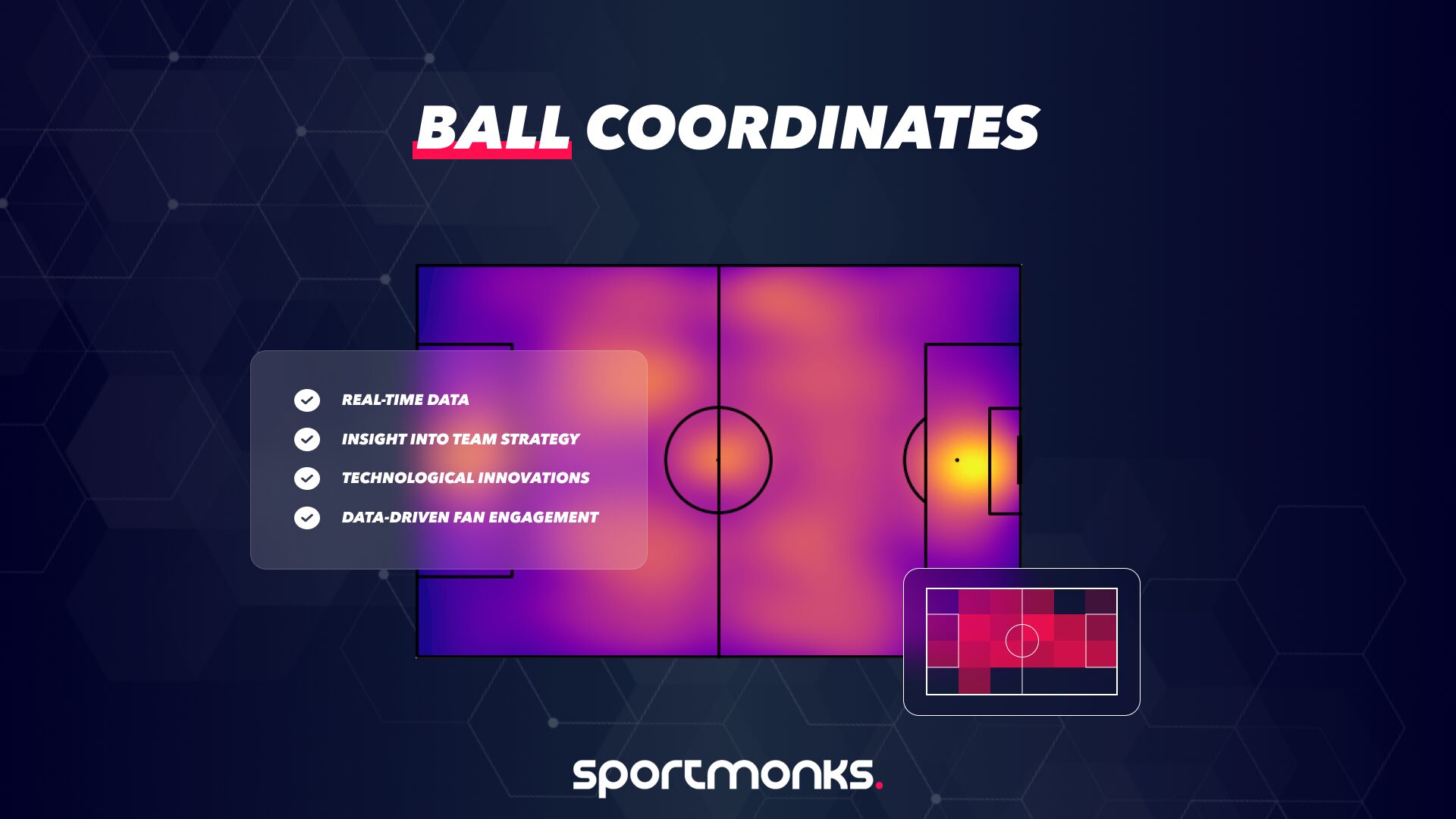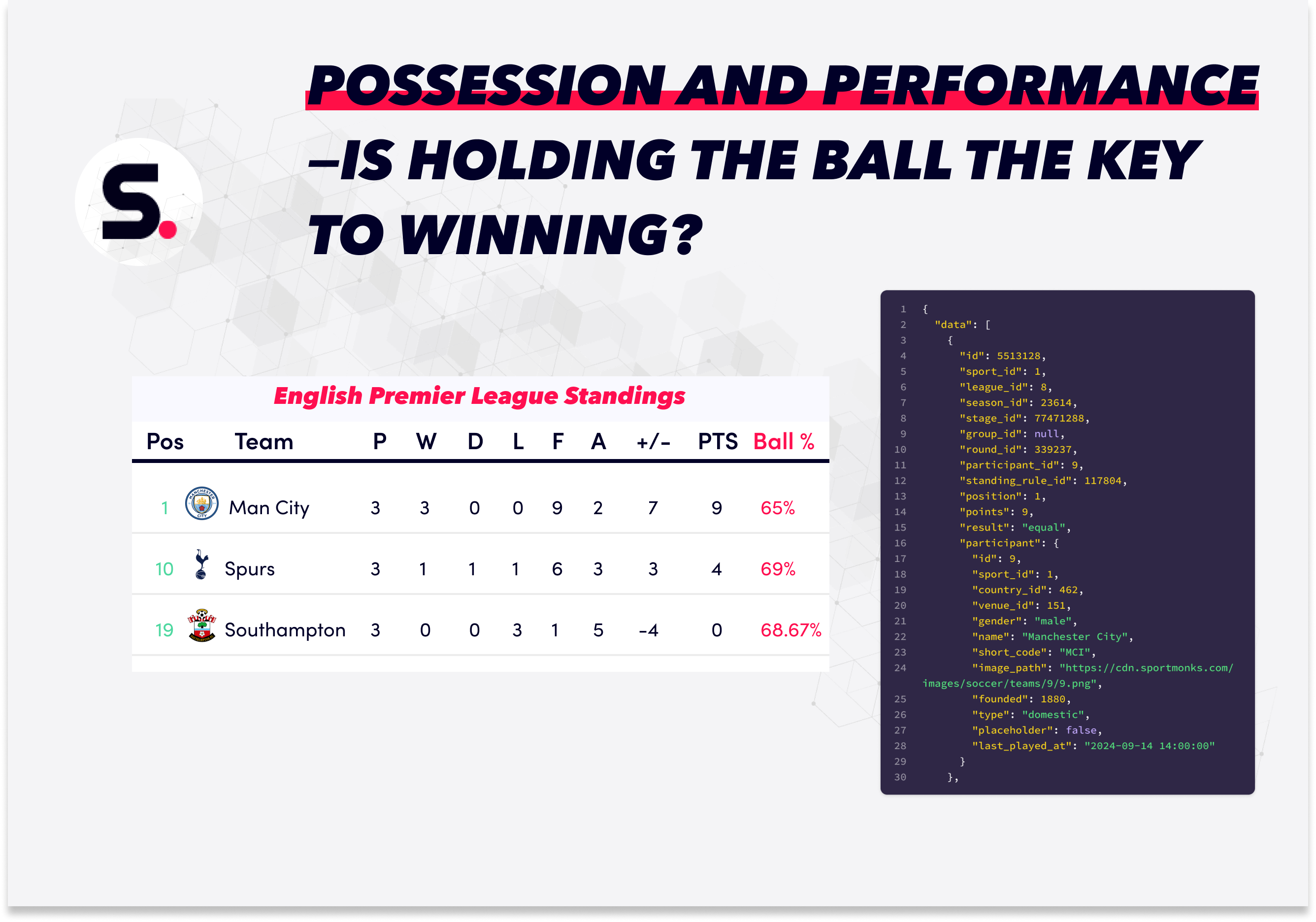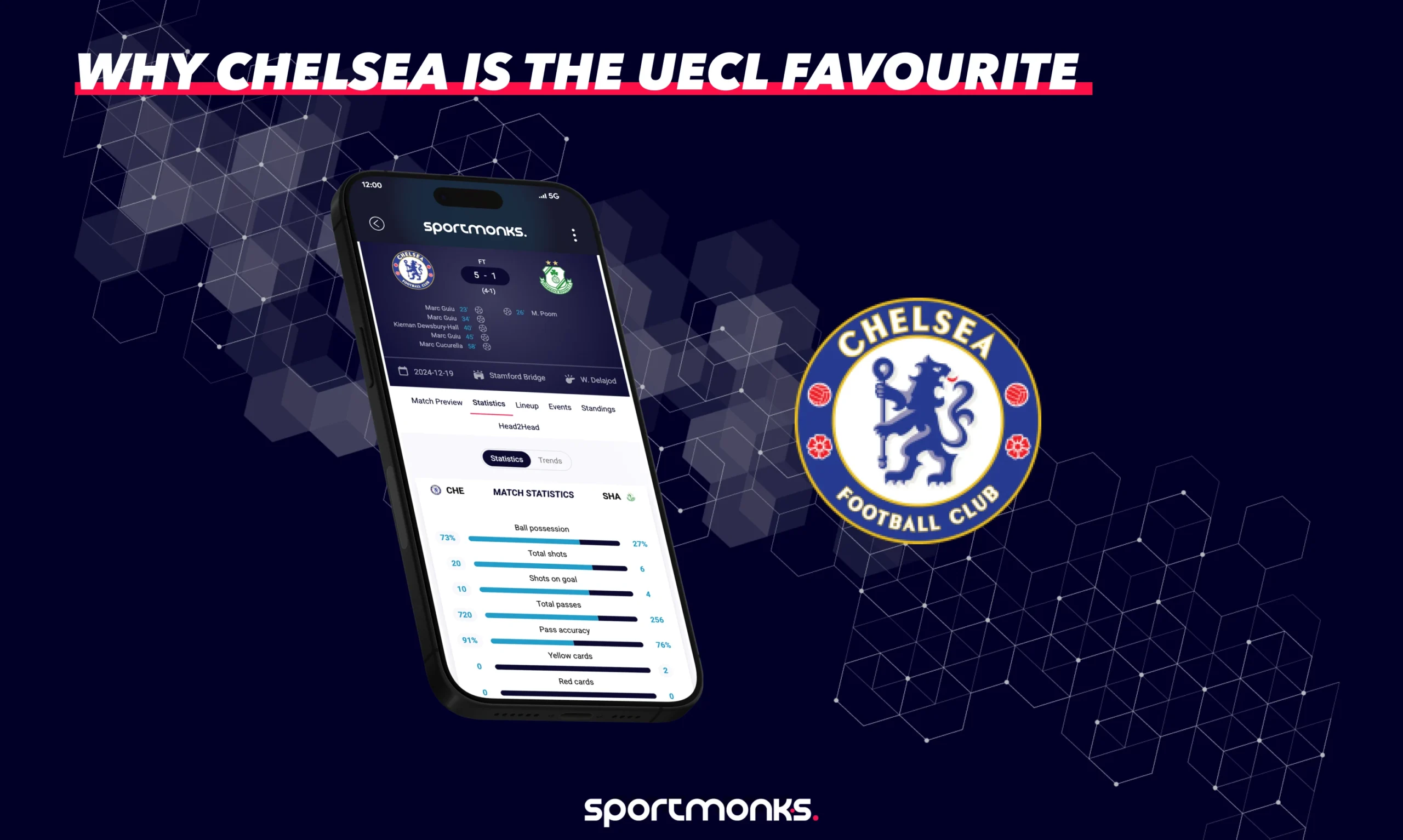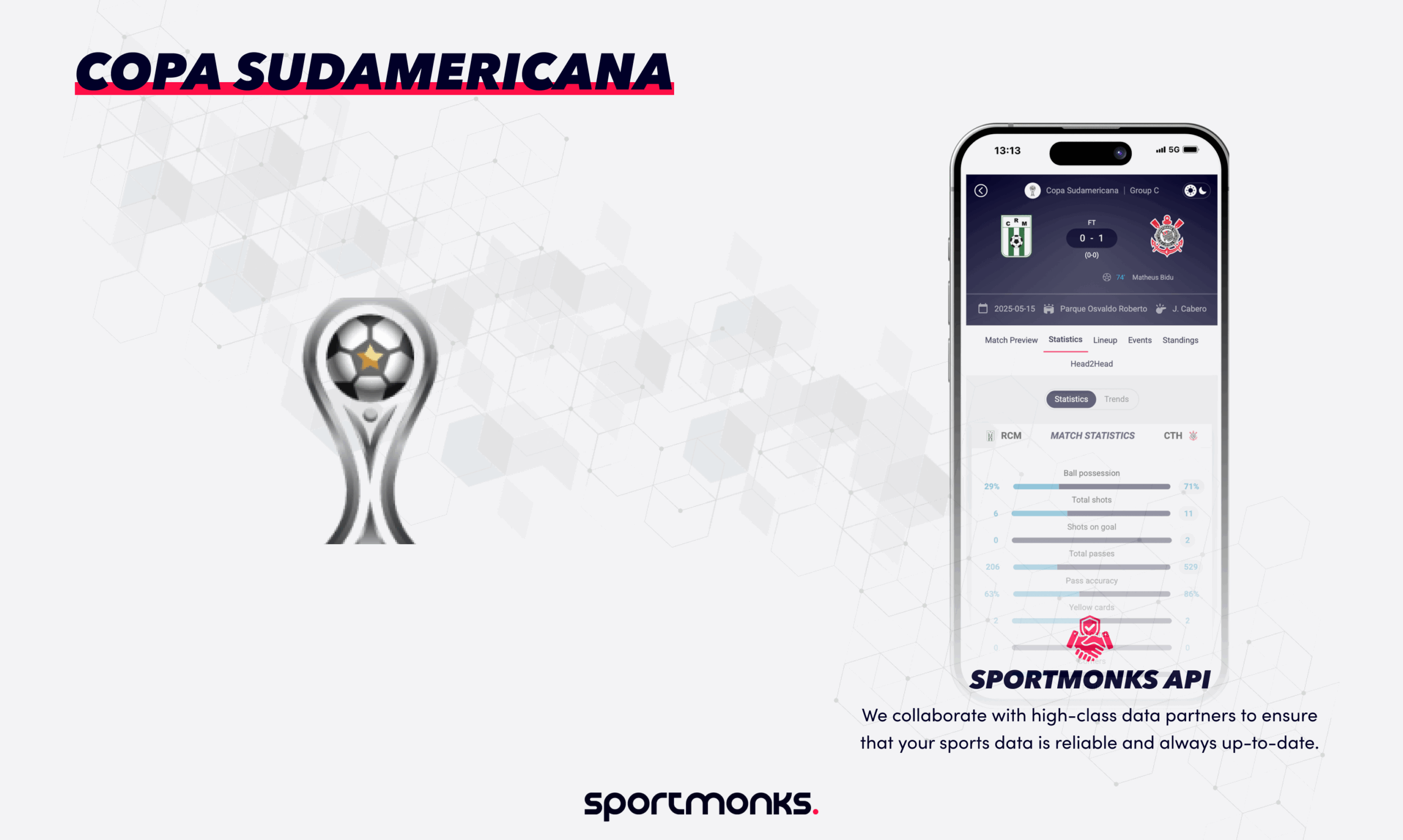
Contents
History of the Copa Sudamericana
The Copa Sudamericana was inaugurated in 2002 by CONMEBOL, marking a shift in South American club football. It came from the dissolution of two previous continental tournaments, the Copa Mercosur and the Copa Merconorte, aiming to create a unified second-tier competition that would involve a broader range of clubs from across the continent. The inaugural edition saw Argentine side San Lorenzo crowned as the first champions, defeating Colombia’s Atlético Nacional in the final.
Over the years, the Copa Sudamericana has witnessed various format adjustments to improve its appeal. Initially, it featured a knockout stage format. However, the introduction of a group stage in later editions provided more matches and opportunities for clubs to progress. The inclusion of teams eliminated from the Copa Libertadores group stage further raised the stakes and the competition’s quality.
The tournament has grown in prestige, offering clubs a significant platform for international exposure and a chance to compete for a major title. It has also helped show emerging talents and provided memorable moments from different footballing nations in South America. The change of the final from a two-legged affair to a single-match event at a neutral venue in 2019 was another major development, similar to the format of other major club competitions.
Tournament format
The Copa Sudamericana has had several format changes throughout its history. The current structure involves a multi-stage competition featuring clubs from all ten CONMEBOL member associations.
Qualification
Teams typically qualify for the Copa Sudamericana based on their performance in their respective domestic leagues and cup competitions, usually those clubs that finish just below the qualification spots for the Copa Libertadores. In recent years, teams that were eliminated in the third qualifying round and the group stage of the Copa Libertadores moved to the Copa Sudamericana knockout stages. Each country is allocated a certain number of slots in the tournament based on their national league rankings.
Tournament stages
First stage: This round typically involves teams from all CONMEBOL nations except Argentina and Brazil. These teams compete in single-leg ties within their national federations to reduce the number of participants.
Group stage: Sixteen winners from the first stage join a further twelve directly qualified teams from Argentina and Brazil, as well as four teams relegated from the Copa Libertadores third qualifying round. These 32 teams are drawn into eight groups of four, playing a double round-robin format (home and away matches).
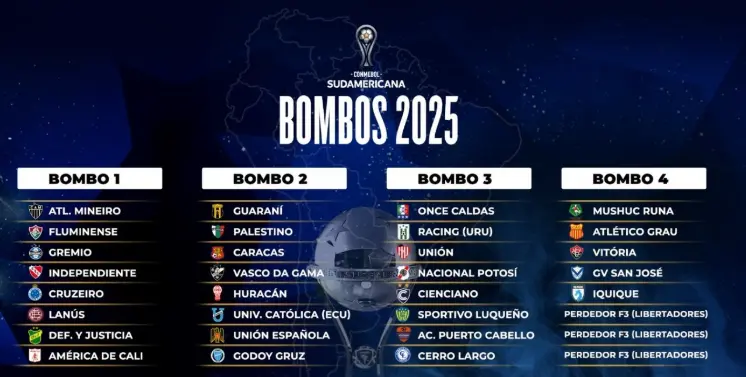
Knockout round play-offs: The eight group runners-up face the eight third-placed teams from the Copa Libertadores group stage in a two-legged playoff. The winners advance to the Round of 16.
Round of 16 onwards: The eight group winners from the Copa Sudamericana group stage are joined by the eight winners of the knockout round play-offs. From this stage, the competition proceeds as a single-elimination tournament with two-legged ties for the round of 16, quarter-finals, and semi-finals.
Final: Since 2019, the Copa Sudamericana final has been played as a single match at a pre-selected neutral venue. This decisive encounter determines the champion of the tournament.
Significance of the Copa Sudamericana
While the Copa Libertadores holds the title of South America’s most prestigious club competition, the Copa Sudamericana carries significant weight and offers substantial benefits to participating and winning clubs.
– Continental recognition: Lifting the Copa Sudamericana trophy brings continental recognition and lifts the winning club’s stature within South American football. It shows that they can compete against strong opposition from different nations.
– Pathway to glory: For clubs that may not consistently qualify for the Copa Libertadores, the Sudamericana provides a pathway to international glory and silverware.
– Economic rewards: Participation and progression in the Copa Sudamericana bring financial rewards to clubs through prize money distributed by CONMEBOL. Winning the tournament is also a significant financial boost, which can be crucial for the development of these clubs.
– Sporting opportunities: Winning the Copa Sudamericana grants automatic qualification to the following season’s Copa Libertadores group stage, providing a direct entry into the continent’s elite club competition. It also grants the right to compete in the Recopa Sudamericana against the Copa Libertadores champions, offering another opportunity for silverware. To add on, the winner now participates in the UEFA–CONMEBOL Club Challenge, gaining international exposure beyond South America.
– Showcase for talent: The Copa Sudamericana is a valuable way to showcase new talents from across the continent. Young players get the opportunity to test their skills against formidable opposition, which can attract the attention of bigger clubs both within South America and in other parts of the world.
– Increased visibility: The tournament gets significant media attention throughout South America, which provides participating clubs with increased visibility to a wider audience. This helps attract sponsors and grow their fanbase.
Notable memories in the Copa Sudamericana
The Copa Sudamericana has a rich history filled with unforgettable moments from some historic teams.
Several clubs have left a notable mark on the competition:
– Multiple title winners (Argentina, Brazil, Ecuador): A number of clubs share the record for the most Copa Sudamericana titles, each having lifted the trophy twice. Argentine giants Boca Juniors (2004, 2005) and Independiente (2010, 2017) are joined by Brazil’s Athletico Paranaense (2018, 2021), and Ecuador’s Independiente del Valle (2019, 2022) and LDU Quito (2009, 2023). Their participation brings a high level of intensity and historical weight to the tournament.
– Internacional (Brazil): The Porto Alegre club secured the title in 2008, showcasing the competitive depth of Brazilian football in the tournament.
– River Plate (Argentina): Another Argentine powerhouse, River Plate won the Copa Sudamericana in 2014 under the guidance of Marcelo Gallardo, a triumph that marked the beginning of a highly successful era for the club.
Beyond the dominant clubs, the Copa Sudamericana has produced numerous memorable moments:
– San Lorenzo’s inaugural triumph (2002): The Argentine club’s victory in the first edition set the stage for the tournament’s future and provided a historic moment for the club.-
– Cienciano’s Surprise Victory (2003): The Peruvian side’s unexpected triumph over River Plate in the final was a significant underdog story and a moment of immense national pride for Peru.
– LDU de Quito’s dominance (2009): Their commanding victory showed the tactical prowess and growing strength of Ecuadorian football on the continental stage.
– Chapecoense’s emotional journey (2016): While tragically not winning the title on the field, the outpouring of support and the symbolic awarding of the trophy to the Brazilian club following their devastating plane crash resonated deeply throughout the football world, highlighting the human element of the sport.
– Independiente’s record-breaking run (2017): The Argentine club’s second title reinforced their status as one of the competition’s most successful teams.
The Copa Sudamericana’s impact in South America
The Copa Sudamericana has had a significant impact on South American football, helping development and providing opportunities for more clubs and nations.
– Increased continental competitiveness: By providing a second major international club competition, the Copa Sudamericana has expanded the continental rivalry and allowed more clubs to compete at a high level.
– Development of emerging football nations: The tournament has provided a platform for clubs from all over South America to gain international experience and aim for success. The victories of teams like Cienciano (Peru) and LDU de Quito (Ecuador) have inspired clubs in other developing football to believe that continental glory is attainable.
– Economic benefits for a wider range of clubs: The financial rewards with participating and progressing in the Copa Sudamericana are an important economic boost for many clubs that aren’t regular participants of the Copa Libertadores.
– Showing different playing styles: The Copa Sudamericana features teams with different playing styles from various South American leagues. This mixture improves the competition and provides fans with a broader variety of footballing philosophies.
– Pathway for emerging talent: The tournament serves as a stepping stone for young and promising players to gain exposure on the international stage. Successful performances in the Copa Sudamericana can lead to opportunities with bigger clubs within South America or in other continents. This was the case of players like Julian Alvarez and Lucas Paquetá.
The future of the Copa Sudamericana
The Copa Sudamericana continues to change and thus, faces many questions and challenges about its future.
Challenges
– Maintaining prestige despite the Libertadores: Making sure that the Copa Sudamericana keeps its significance and isn’t seen as a consolation prize for Libertadores contenders is still a challenge.
– Economic margins: There’s a significant economic gap between clubs from the larger leagues (Brazil and Argentina) and those from smaller nations. This can impact how competitive the earlier stages of the tournament are.
– Scheduling conflicts: Managing the Copa Sudamericana schedule with domestic leagues and the Copa Libertadores can be complex, sometimes leading to fixture congestion for participating clubs.
– Attracting top talent: While the Sudamericana showcases new talent, keeping top players within participating clubs can be difficult as they often attract interest from wealthier clubs in South America or overseas.
Opportunities
– Further expansion and global reach: There’s potential to further expand the tournament’s reach and attract a larger global audience through improved broadcasting deals and marketing efforts.
– Promoting youth development: The Copa Sudamericana can continue to serve as an important platform for showing and nurturing young talent from across the continent, which can attract scouts from around the world.
– Strengthening inter-confederation ties: The introduction of the UEFA–CONMEBOL Club Challenge has provided an opportunity to further bridge the gap between European and South American football and raise the profile of the Sudamericana winner.
Get started with the Sportmonks football API today
Dive into the excitement of the Copa Sudamericana with the Sportmonks football API. Access real-time data on fixtures, live scores, player stats, and more for thrilling matches featuring clubs like Independiente, Botafogo, and LDU Quito. Whether you’re building a livescore app, a fan platform, or a betting tool, our API delivers comprehensive coverage of the Sudamericana and over 2,200 leagues worldwide, empowering you to create engaging, data-driven experiences. Sign up for a free trial today and start bringing South America’s second-tier football spectacle to your audience!


